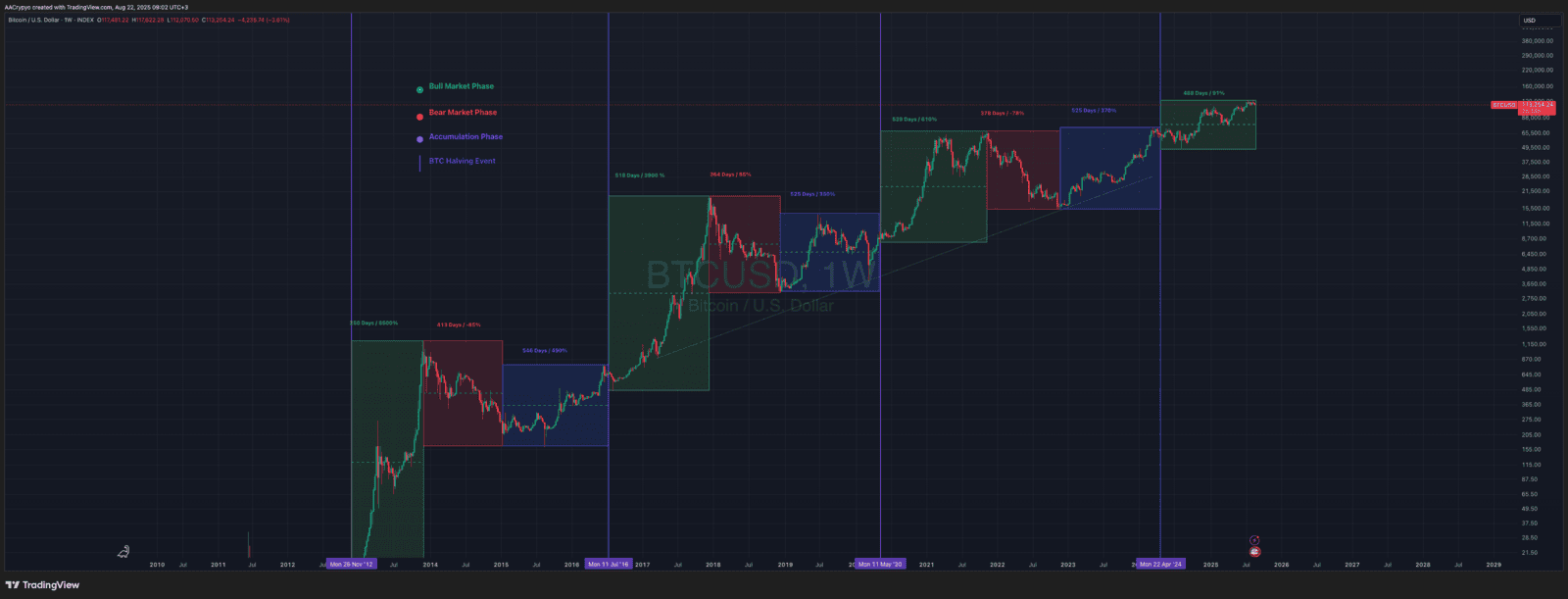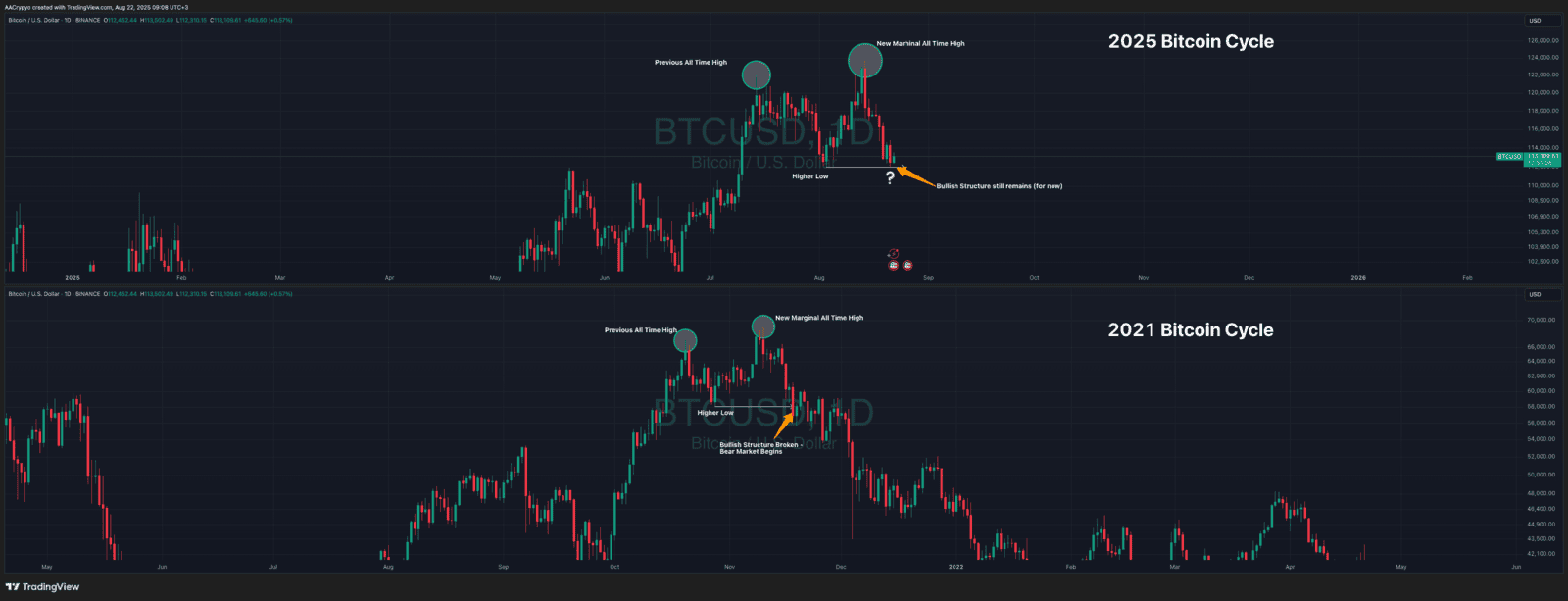In the last cycle, we witnessed the collapse of hedge funds, trading firms and exchanges that were considered too big to fail until they weren’t. The unraveling of 3 Arrows Capital, Alameda Research and ultimately FTX dealt brutal blows to the market during the bear phase, sending Bitcoin and broader crypto markets even lower. A common thread ran through these failures: they were overleveraged and in many cases trading with borrowed or misused funds. When the bear market deepened and drawdowns accelerated, they fell like dominoes.
This cycle, the spotlight has shifted. Some critics argue that Bitcoin treasury companies, firms holding large amounts of Bitcoin on their balance sheets, could become the “FTX or 3AC” of this era, vulnerable to collapse and capable of amplifying downside pressure on Bitcoin’s price.
The Bitcoin treasury model has been championed by MicroStrategy CEO Michael Saylor. Under his leadership, the company has accumulated a vast Bitcoin reserve by purchasing BTC directly and then raising more capital through convertible notes or equity offerings to buy even more. In some cases, debt financing is also used, which increases the risk profile of the strategy. While companies like Tesla and Block used internal funds rather than debt to acquire their Bitcoin, MicroStrategy’s approach is unique in its scale and reliance on leverage. More recently, other Bitcoin-focused businesses have signalled similar intentions, inspired by Saylor’s model, though none yet match its aggressiveness.
The main concern revolves around leverage and debt sustainability. MicroStrategy alone has issued billions of dollars in debt to accumulate Bitcoin. The risk is clear: if a deep bear market sends Bitcoin sharply lower, the value of these corporate treasuries could fall to the point where companies struggle to service or refinance their debt. In a worst-case scenario, this could lead to forced liquidations of Bitcoin holdings, sparking major sell-offs and accelerating price declines. So far, MicroStrategy’s strategy has survived one full bear market, but as the model expands and imitators emerge, critics warn that it only takes one large failure to destabilise the market temporarily.
Even if a Bitcoin treasury company fails and is forced to liquidate, it is important to remember that these companies are separate from Bitcoin itself. The underlying Bitcoin network and asset remain unaffected. Prices could certainly fall in the short term, but the fundamental qualities of Bitcoin such as scarcity, security and decentralisation do not change. The analogy to the Global Financial Crisis is useful here. During 2008, financial institutions created risky debt instruments tied to mortgages. When the debt collapsed, markets imploded, but the houses themselves remained intact. Prices fell, but the underlying asset was unchanged. Similarly, if overleveraged Bitcoin treasury companies collapse, the long-term value proposition of Bitcoin itself is not diminished.
Whether or not Bitcoin treasury companies succeed, Bitcoin remains Bitcoin. For long-term investors with conviction, the noise of corporate strategies, leverage and debt cycles should not overshadow the asset’s fundamentals. Price volatility is inevitable, but the core use case and value of Bitcoin persist regardless of how any one company chooses to manage its balance sheet.




